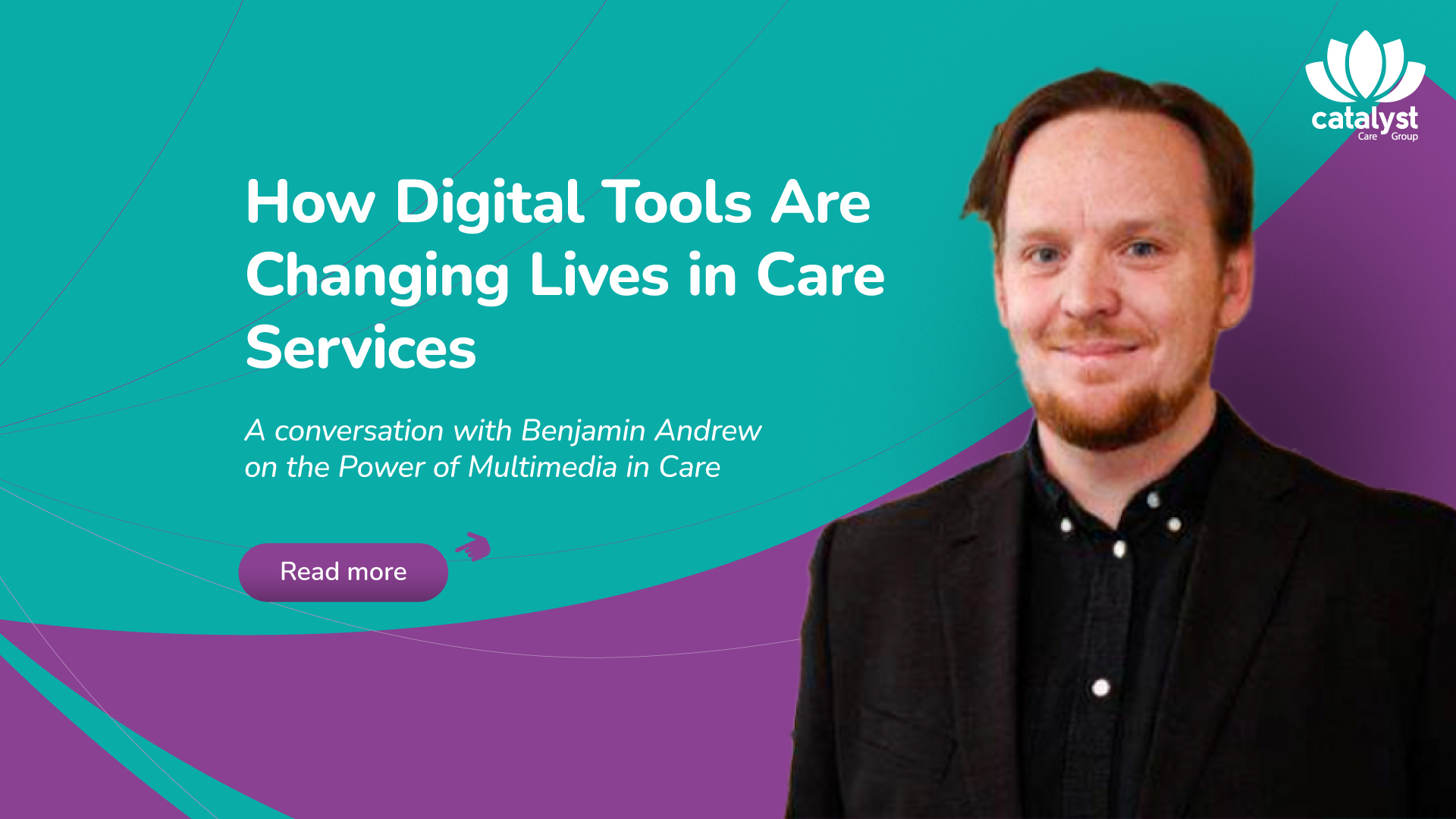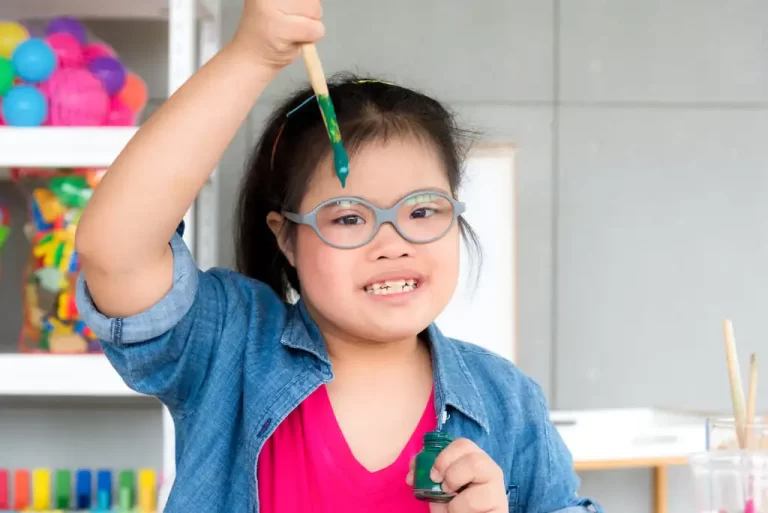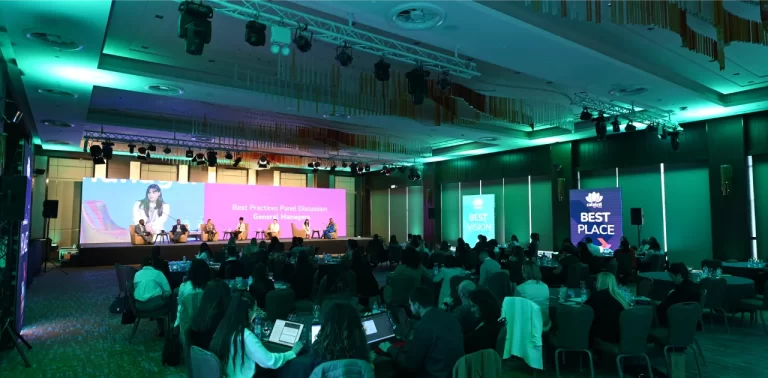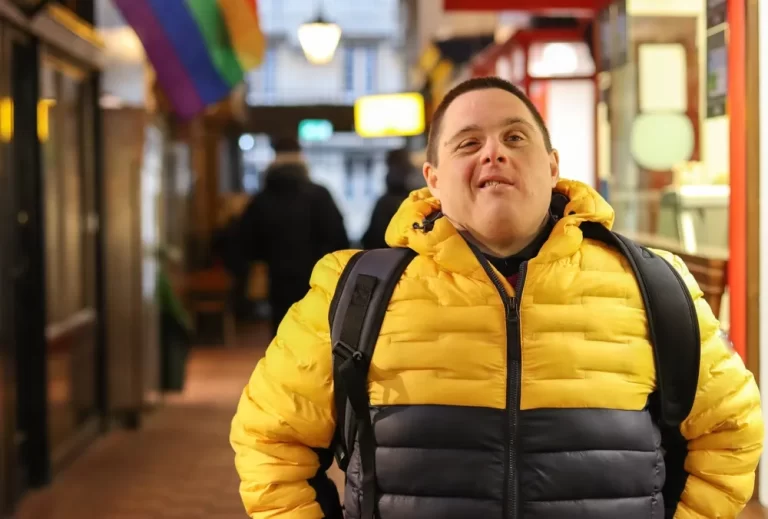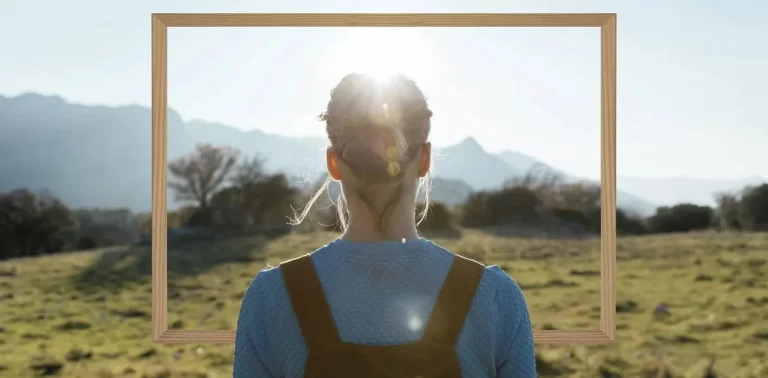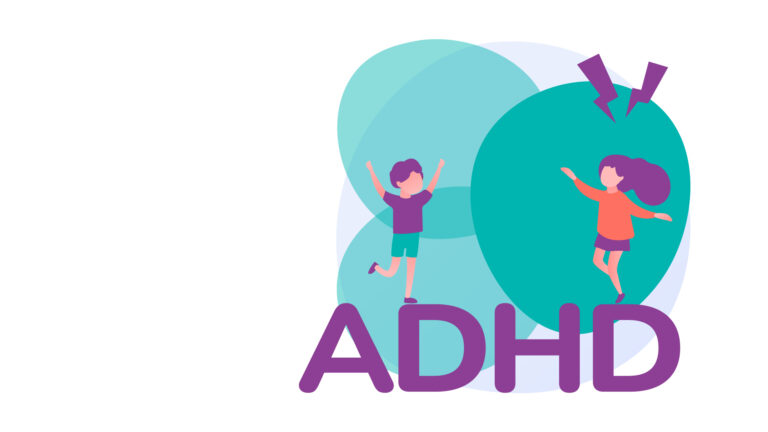The Rise of Digitalisation in Healthcare
All services should be guided by people’s strengths, whether in health care or social care. Multimedia can help people express their needs and desires in a way that strengthens their abilities. It also enables care providers to share information and advocate for people, ensuring communication is tailored to their unique needs.
At Catalyst Care Group, we utilise digitalisation and multimedia support to help each person we serve to live a meaningful and fulfilling life where their preferences are understood, and needs are met.
The Role of Multimedia in Enhancing Care
Multimedia support is centred around ensuring that the care recipient is at the heart of decision-making and remains in control.
With multimedia, people can communicate their preferences regarding where they want to live, what they want to do, where they want to go, how they wish to be supported, and by whom—all through accessible formats.
This approach enables care providers to share information effectively and efficiently, using tools and methods that empower people to have greater control over their lives. Additionally, multimedia tools can serve as valuable evidence that these care choices reflect the person’s true wishes and that their preferences are met.
Interview: Benefits of Digitalisation and Multimedia in Care Services
We’re pleased to feature an insightful interview with the Positive Behaviour Support (PBS) Coach and Multimedia Specialist, Benjamin Andrew, who will shed light on the impact of multimedia in health and social care. Benjamin Andrew brings 16 years of experience in health and social care services, working across diverse care settings.
In this interview, he explores how integrating multimedia can enhance communication and support strategies, offering valuable perspectives on its role in providing care. This interview showcases how these tools are transforming the field, making it a compelling read for anyone interested in innovative approaches to care.
What Is the Role of Multimedia Support in Health and Social Care?
Multimedia plays a crucial role as a personalised and creative intervention tool in health and social care. It improves the quality of life for individuals, enhances staff training, ensures consistent care, and advocates for the individuals’ needs. Multimedia helps bring care into the 21st century by leveraging technology, similar to how people use platforms like YouTube for learning in their daily lives. The use of multimedia makes information more accessible and easier to understand, breaking down barriers that traditional methods might present.
Who Can Provide Multimedia Support?
Anyone with the right mindset and creativity can provide multimedia support. You don’t need expensive tools – just a creative mindset, a basic camera, and some form of editing software. Even simple tools like pictures and easy-read formats can be a good starting point. Multimedia can be used in various formats, leading to effective results for the people being supported.
What’s The Effectiveness of Multimedia Support?
While it is challenging to quantify the effectiveness of multimedia support in exact percentages, it consistently delivers positive outcomes. The key to success lies in thorough assessment and understanding of the individual, which involves building rapport and consulting with staff and family members who know the person well.
What Are the Benefits of Supporting People with Multimedia Tools?
The benefits are manifold, not only for the individuals being supported but also for staff and family members. Multimedia allows for better advocacy of care needs, ensures that people’s wishes are understood, and improves the accessibility of information. It challenges the assumption that people with certain conditions cannot understand or learn new skills easily, providing a more empowering approach.
What’s the Impact of Multimedia on People’s Lives?
Multimedia can significantly change lives, particularly in person-centred reviews. For example, multimedia can transform a traditional paper-based review meeting into an engaging, interactive experience where the individual is at the centre. By using multimedia tools like large touchscreens and personalised content, individuals can actively participate in their reviews, showcasing their achievements and preferences, leading to more meaningful and tailored care.
Does Multimedia Support Always Provide a Positive Impact?
Absolutely. One of the best examples of the positive impact of multimedia support involves a person I was working with who lived in Devon, while their family was in London – a significant distance away. This individual had limited speech and some speech impairments, making communication challenging. We realised that video calls could provide the extra level of communication that phone calls couldn’t, allowing him to see his family and feel more connected.
After a few successful video calls, I thought he might be able to manage this on his own. We developed a plan to make this possible. First, I recorded the individual in his familiar environment, capturing each step required to make a video call: turning on the computer, logging into his account, positioning himself so the camera could see him, and how to call his parents when he wished. I then edited the footage into a simple, three- to four-minute video that he could watch on his iPad. I added keywords at the bottom of the video, almost like subtitles, to help prompt him through each step.
He watched the video repeatedly over a week, absorbing the information and recognising that he could perform the steps in the video. After about a week, he expressed a desire to video call his mother. He confidently walked into the room, turned on the computer, logged in, and made the call entirely on his own. He no longer needed the video, but the skill he acquired through multimedia has had an incredible impact on his life. Now, he can communicate with his parents whenever he wishes, independently and without any additional support from his team.
Do You Have Practical Examples of Successful Implementation and Positive Outcomes?
Another successful implementation of multimedia support was when we were introducing new people into an individual’s life. This person found it extremely difficult to have more than one person in a room with him, which made it challenging for new staff to build rapport or establish a relationship. We had the idea to use GoPro cameras and other still cameras to capture the good practices used by those who knew him well.
We recorded the interactions as naturally as possible, without over-explaining, to avoid provoking anxiety and to ensure an accurate reflection of how he was supported. Once we gathered the footage, I edited it to highlight simple routines like how to say hello, how to play his favourite games, how he asks for food, and what he does when he needs to use the toilet. I then interviewed the staff member who was familiar with him, overlaying their explanations onto the footage to narrate what they were doing and why.
This video not only improved the overall understanding among the staff but also helped new staff members see the individual as a lovely person who, despite his nervousness, could achieve great things when supported correctly. After staff members had the chance to watch this video, there was a significant drop in physical behaviours toward new staff. This, in turn, increased the individual’s quality of life, as he received more consistent and effective care. It also helped build best practices for working with him across the team.
What Can We Expect in the Future of Multimedia Support?
The future of multimedia in care is incredibly exciting, not just because of the technological advancements but because of its potential for creative, person-centred interventions. It’s about having a mindset that prioritises personalisation and empowers individuals by providing them with more information and consistency in their lives.
One innovation that is gaining traction is the use of video animation support plans. For some individuals, seeing images or videos of themselves on a screen can be overwhelming. To address this, I’ve started using video animation software where individuals can create a digital avatar of themselves. This avatar can then be used to explain transition planning, such as preparing for a hospital visit or a change in schools. These videos involve the individual in the creation process alongside their family members and support staff, making the experience more personal and engaging.
We can incorporate real images and video footage alongside the animated clips, giving the individual a clear and detailed understanding of what to expect. This approach has already proven successful in helping people transition from hospital to community settings. For instance, when someone was anxious about an upcoming change, the video animation provided them with a clear idea of what would happen, easing their anxiety. As a result, they transitioned smoothly into the community and are now working on creating their own video animation support plan to communicate how they like to be supported, their history, and their preferences.
At Catalyst, I’m working on spreading the word and upskilling others in the tools and techniques that multimedia advocacy can offer. I’m developing a multimedia project where key members of Catalyst Care Group can learn the techniques I’ve refined over years of supporting individuals. I’m also hoping to have some of my work published soon so that more people can understand the available options. For me, it’s all about enhancing lives and using technology to its fullest potential for the benefit of those we support.
Watch the full interview of our PBS Coach and Multimedia Specialist, Benjamin Andrew.
